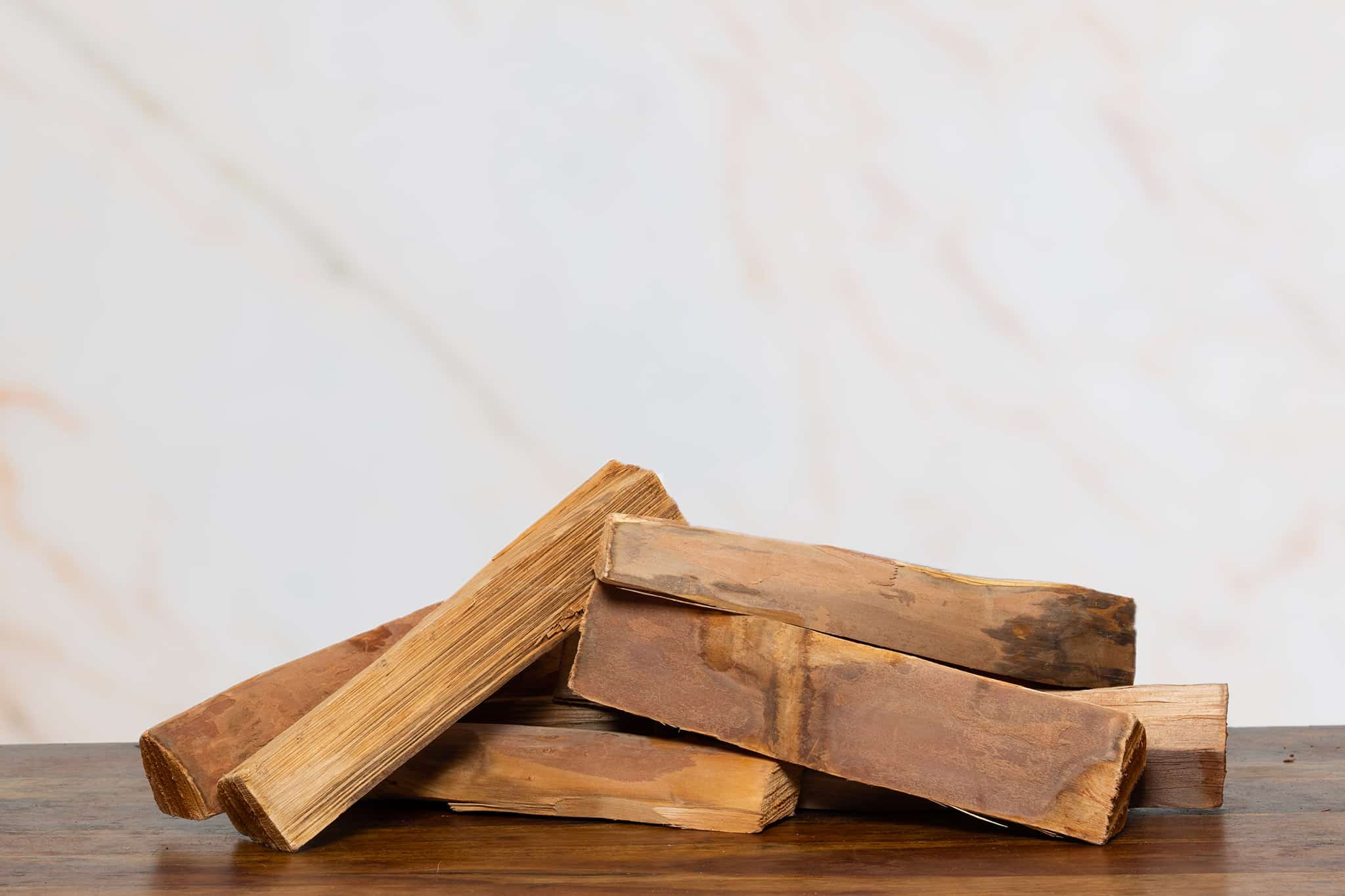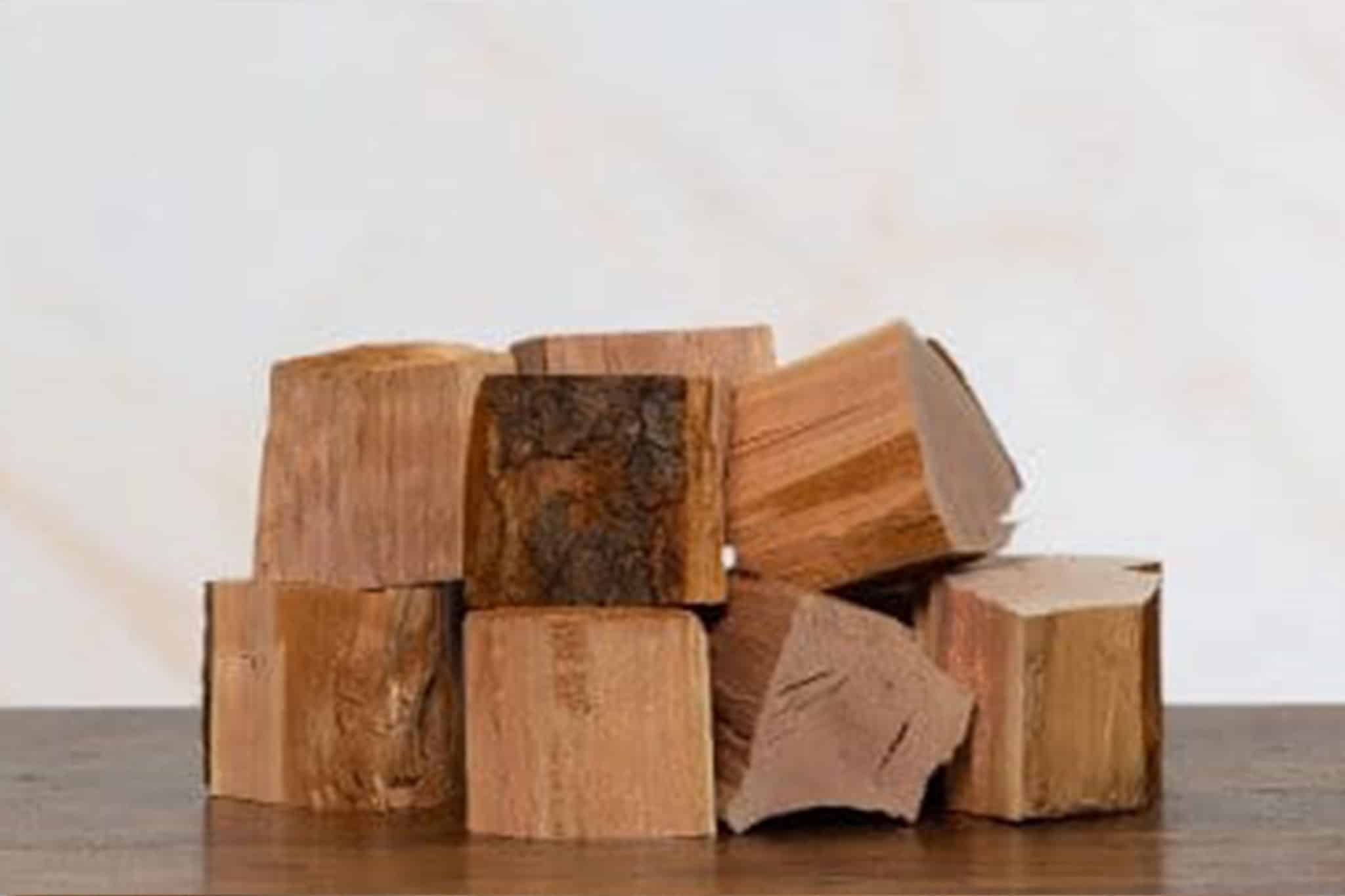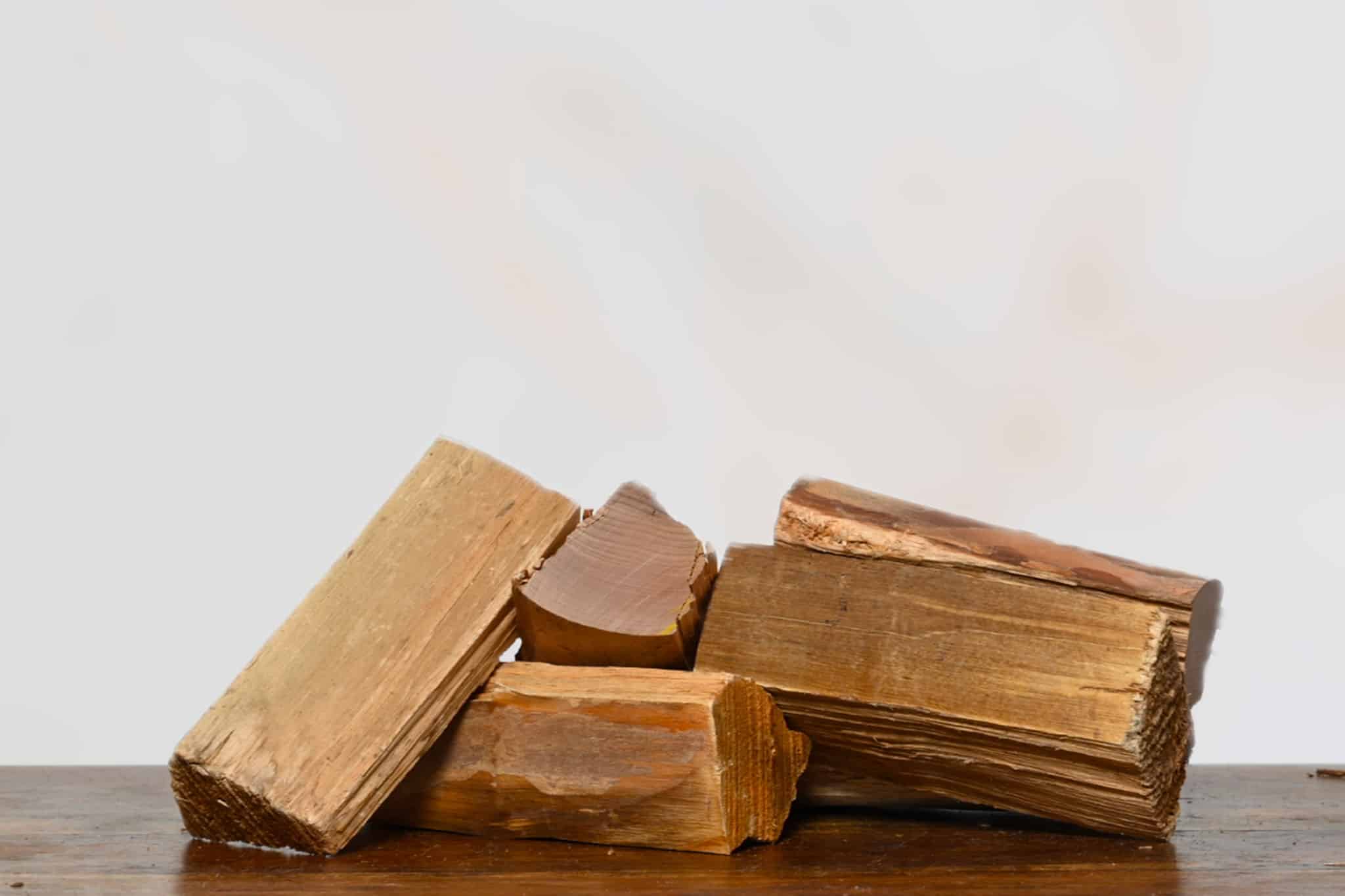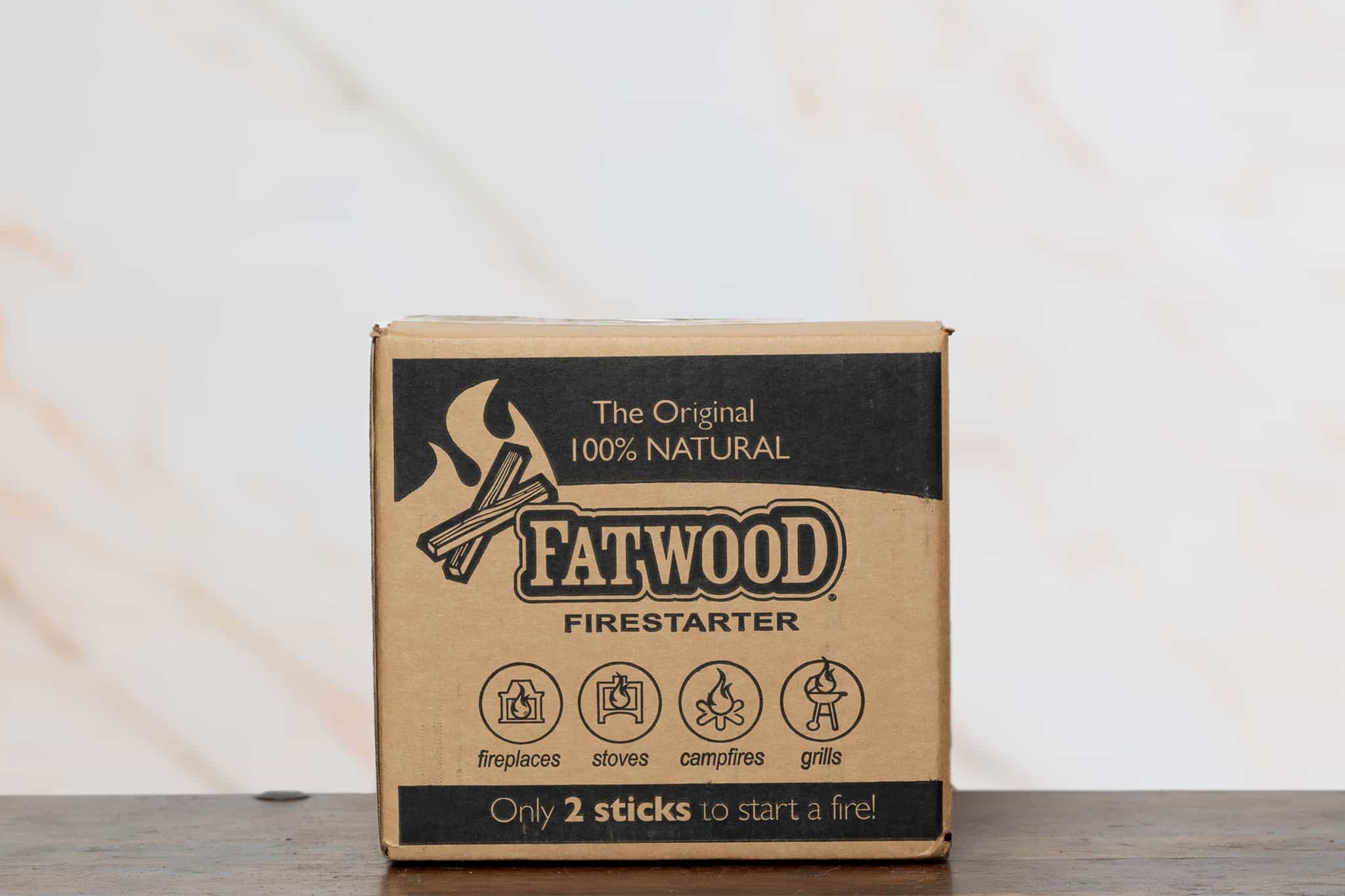How to Care for Your Wood Stove
Tips and Tricks for Maintenance
‘Tis the season for wood stove maintenance. As the weather warms and our fires move outside, maintenance and seasonal cleaning of your wood stove is a must in order for your stove to work to properly and safely for the next season.
What You Burn Matters
The most important thing to be aware of in regard to wood stoves, according to Home Advisor, is that most wood stoves are for wood only. Avoid burning the following:
- Driftwood
- Trash
- Treated wood
- Artificial logs
- Any material containing zinc, sulfur, lead or plastics; these damage the catalytic combustor
Knowing this and only burning wood in your wood stove can save you a lot of headaches. It is best to burn only seasoned wood for maximum heat release, less creosote buildup, economy, and health (trash may contain materials that could produce harmful gases if burned). Kiln dried firewood is a good choice, for maximum heat output. Avoid green, unseasoned wood that carries 50% of it’s weight in moisture which needs to be burned off first before any heat reaches your house.
Practice Consistent, Ongoing Maintenance
- Build small, hot fires
- Keep the stove’s air vents clear by consistently removing excess ash (which will be little to none with kiln dried firewood)
- Keep your house well-insulated; the lower number of fires required will extend the life of your wood stove!
- Every year have a professional stove dealer or chimney sweep inspect your wood stove; the best time is right before the heating season begins
Wood Stove Cleaning Tips
Glass Door
Yes you can remove the black soot from the glass door and enjoy your wonderful log fire glow! According to Wood Heat, most wood stoves built since the mid-1980’s have ceramic glass panels in the doors with an airwash system.The top inside edge of the glass has a narrow slit where the majority of the air flow to the fire occurs. As a result of the design, the air provides a barrier between the fire and the glass door, helping to keep most soot from sticking to the glass. Some soot does get through though, so below is a trick for getting the soot off the glass. Here’s a hint, look to nature to provide the solution according to Dengarden:
- Utilize your wood; catch the wood in the charcoal stage, pull it out of the fire and let it cool
- Grab the COLD piece of charcoal, dampen with water and rub it on the blackened inside of the glass door; the black residue will begin to disappear
- Finish by wiping with a paper towel
Flue
Debris from creosote can be dangerous and start unwanted fires if you are not careful. If you have not been cleaning your wood stove regularly, you can test when your wood stove is cold to see if you are in urgent need before lightening another fire by, tapping on the flue and listening. If your hear debris falling, you must either clean your flue or hire a professional to clear out the creosote build up before lighting another fire.
Prevention is also a good policy, so during the season, you can add products to your fire to combat creosote build up. There are creosote sweeping logs that are added to the fire just like a wood log and there are powders that can be applied to the fire while burning. These types of products can help with the creosote buildup, however, it is important to remember to physically sweep of your wood burning stove’s flue once a year.
Stove’s Surface
- Let the surface cool and clean it with warm water and detergent
- Let it dry, then apply a thin layer of “hotplate protector” or “stove paste” to the surface and rub it with a paper towel
- Rub off excess
- Light a fire in the stove and let the polish harden (remember to open your windows for good ventilation at this stage)
We Have the Right Wood for Your Wood Burning Stove!
Premier Firewood Company™ can offer you the highest quality of firewood for your wood burning stove. Call 203-866-4252 or order online today!













